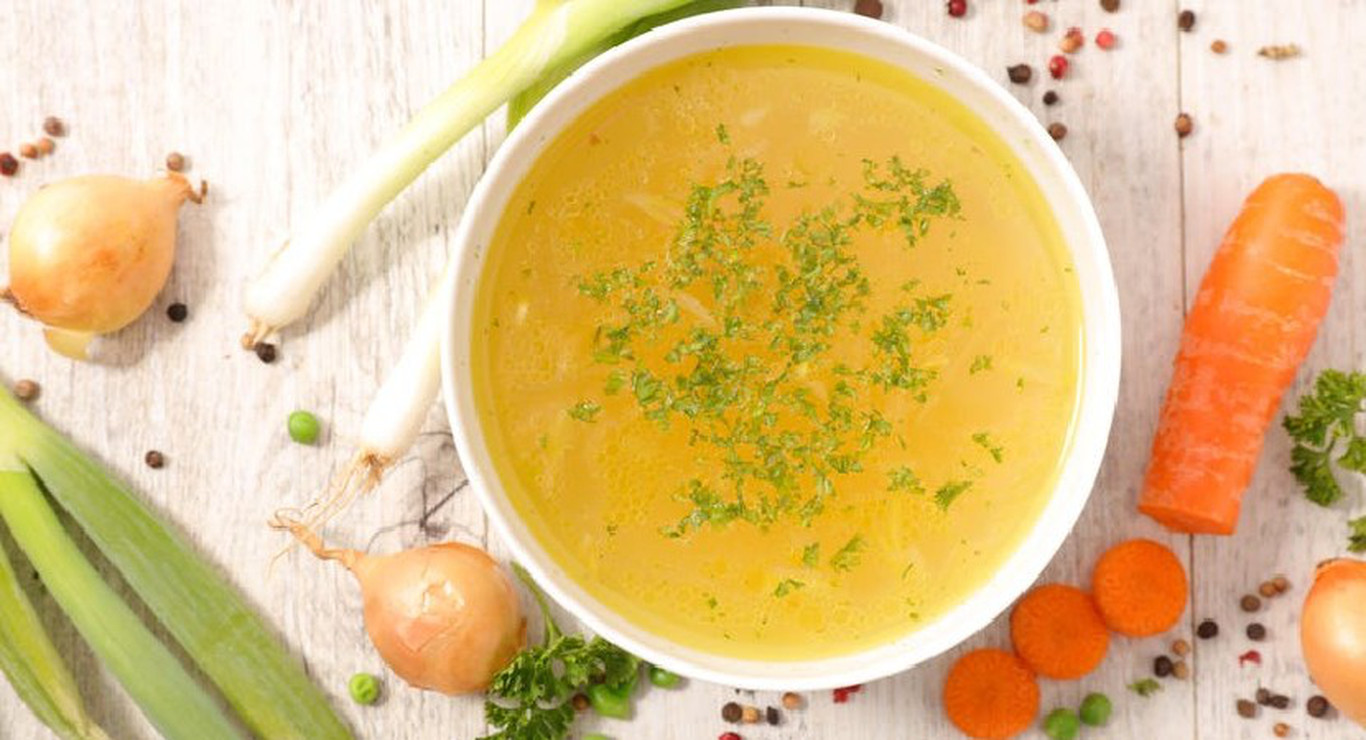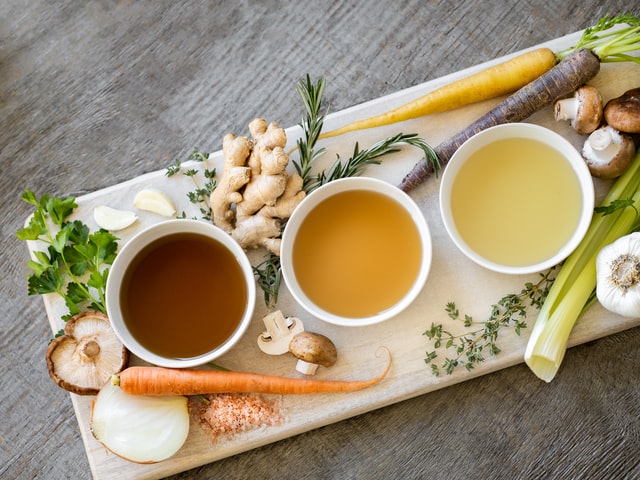No one has ever described me as “subtle” or “restrained,” and I have a tendency to gravitate towards flavor profiles that are as strong and (sometimes) as polarizing as my personality. I like lots of salt, acid, umami, and those beautiful dark, roasty flavors brought out by the Maillard reaction, but I am still quite capable of appreciating simplicity and nuance.
French food embodies both of those qualities, and court bouillon is one of the easiest ways to impart delicate, nuanced flavors to delicate nuanced proteins. But what is this fancy-sounding liquid, and is it really fit for royalty?
Photo by Bluebird Provisions on Unsplash
What is court bouillon?
It is not, as I first assumed, bouillon so fancy it is meant to be served in the court of the king. “Court” means “short” in French, and court bouillon is a merely a bouillon that can be thrown together in a short amount of time (about an hour at most).
It’s usually made with a trio of vegetables—the iconic trinity of celery, carrot, and onion, but sometimes leeks are involved—along with plenty of salt, some white wine, a bouqet garni of herbs, peppercorns, and sometimes lemon (the acid helps draw flavor out of the plant matter). The main difference between court bouillon and “regular” bouillon is that the court bouillon contains no meat and is devoid of any animal collagen, because—unless you’re working with a pressure cooker—you aren’t going to extract much in a “court” amount of time. (Note: When written as “courtbouillon” or “court-bouillon” these words refer to a creole redfish dish that is delicious, but quite different from this simple poaching liquid.)
How to make court bouillon
There are many recipes for this stuff, and I feel no need to reinvent this very old and revered wheel. Epicurious has a decent one, as does The Spruce Eats, and you can find hundreds of iterations and variations by flipping though French cookbooks. Flip through a few and find one that sounds enticing.
Once you have a recipe, it’s as simple as chopping up your vegetables, tying your little bundle of herbs together, and chucking everything together in a stock pot. Bring the contents of the pot to a boil, reduce to a simmer, and let it bubble for at least 10 minutes, or up to an hour. Simmer times vary pretty greatly from recipe to recipe, but I like to do at least half an hour. (When in doubt, just give the bouillon a little taste; you want your bouillon to be flavorful enough to actually impart flavor to your protein).
How to use court bouillon
Court bouillon is mostly used to prepare quick-cooking proteins like fish, shrimp, and eggs, so the bouillon itself needs to be made ahead of time (as shrimp will be done before the simmering water has had time to extract flavor from the vegetables). Once your bouillon is as flavorful as you like it, strain the out the solids and either use immediately or store in the fridge (for up to a week) or in the freezer (for up to three months).
Small filets, eggs, and shellfish should be lowered into already hot, simmering bouillon, and poached until “done,” according to the protein. Hot bouillon can also be used to quickly cook thinly sliced pieces of chicken, pork, or beef, just like you would with an Asian hot pot situation.
If you’re using your bouillon to poach a large piece of fish, start with cold bouillon to ensure even cooking. If you’re using it to poach large cuts of poultry, or a whole chicken, start with room-temperature bouillon and a room-temperature chicken, then follow this poaching procedure. (Poaching a chicken in court bouillon will result in a rich, souped-up courtly chicken broth that will blow your mind.)
This article was written by Claire Lower from Lifehacker and was legally licensed through the Industry Dive Content Marketplace. Please direct all licensing questions to legal@industrydive.com.






